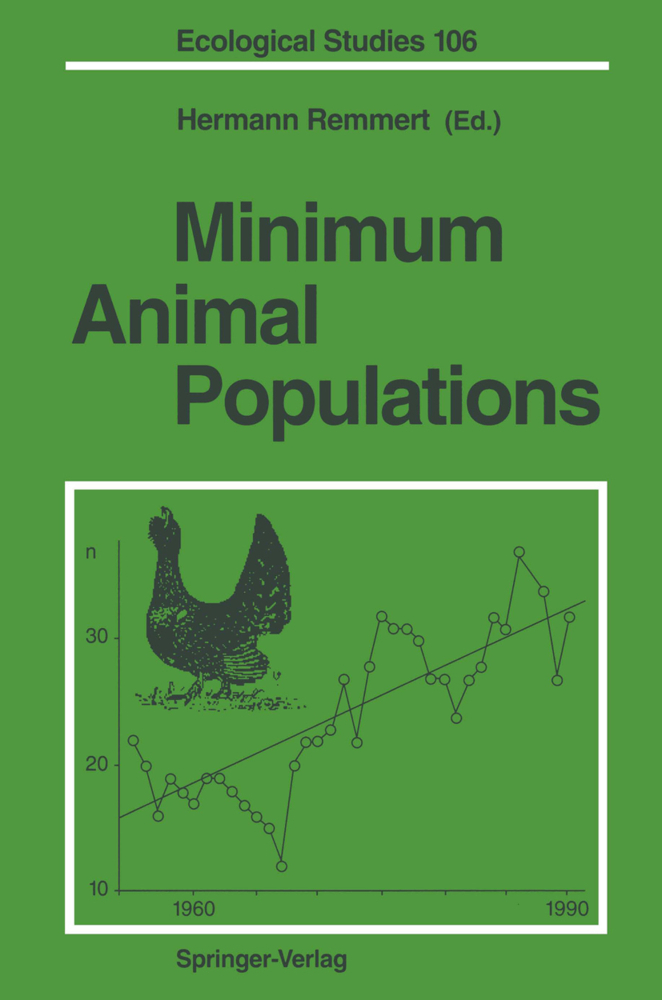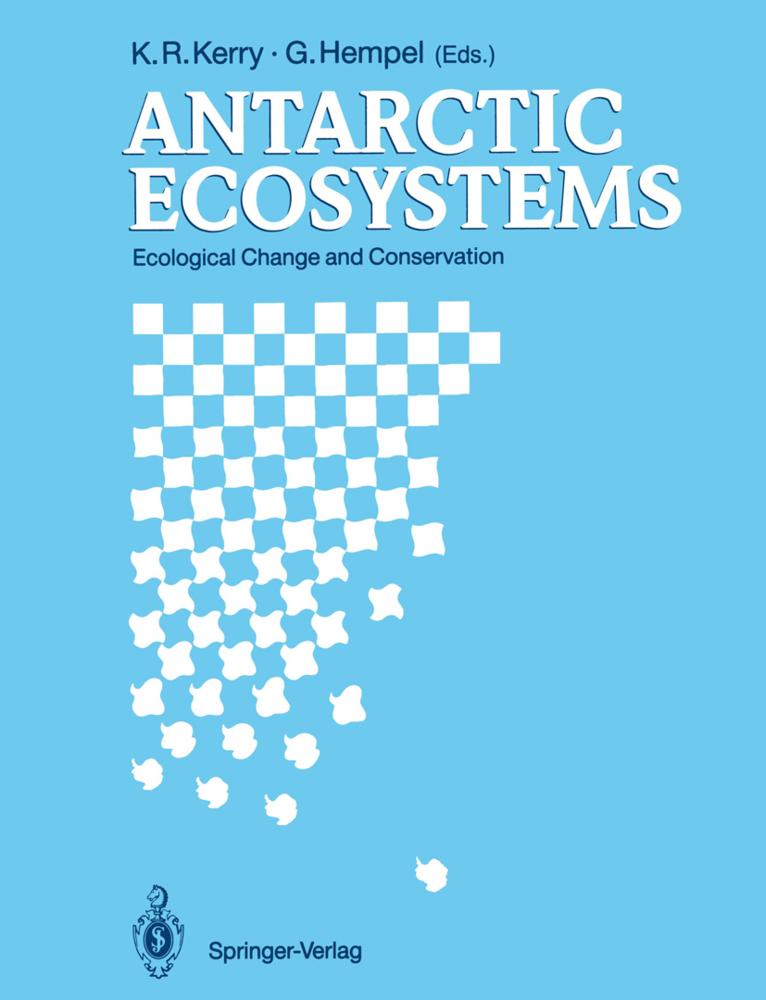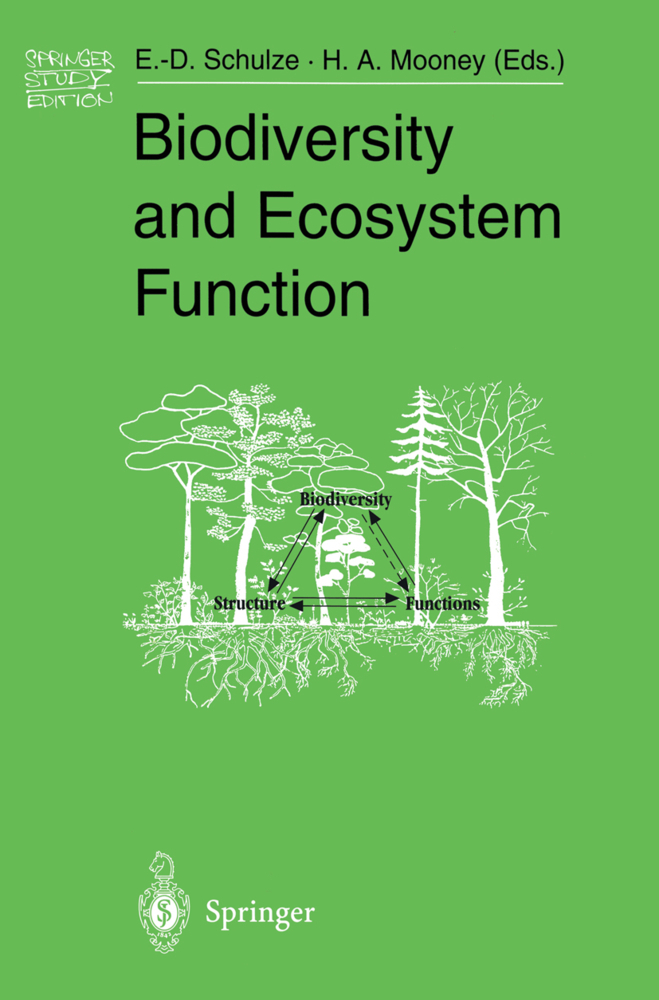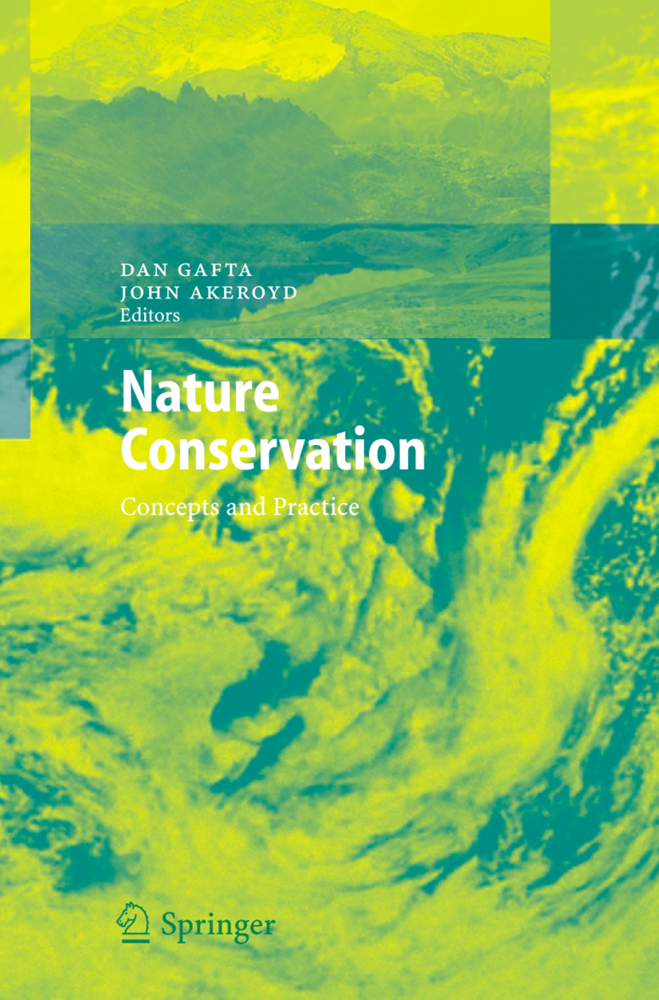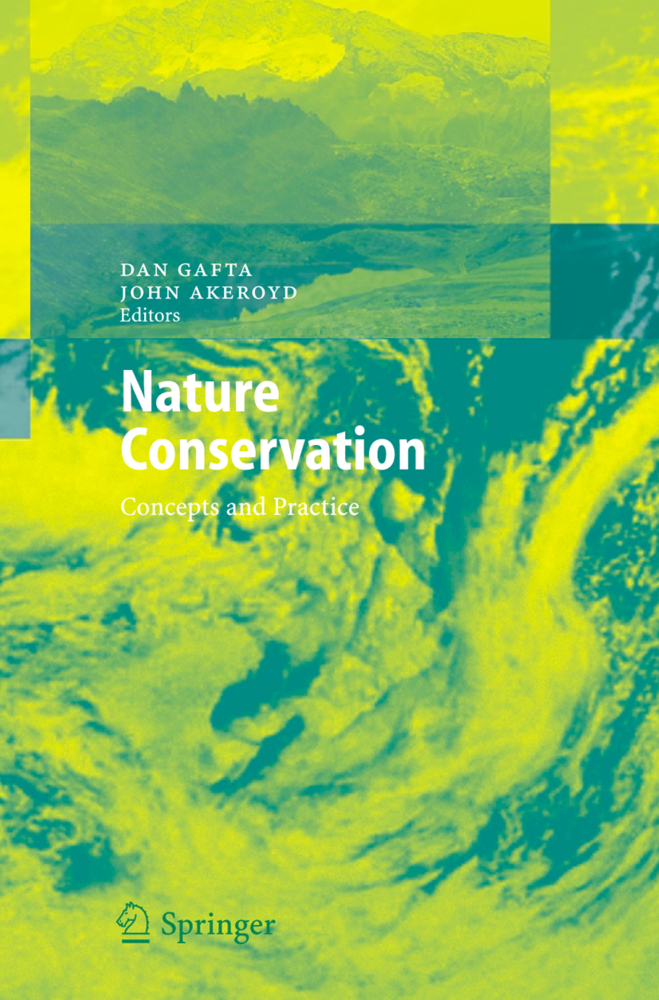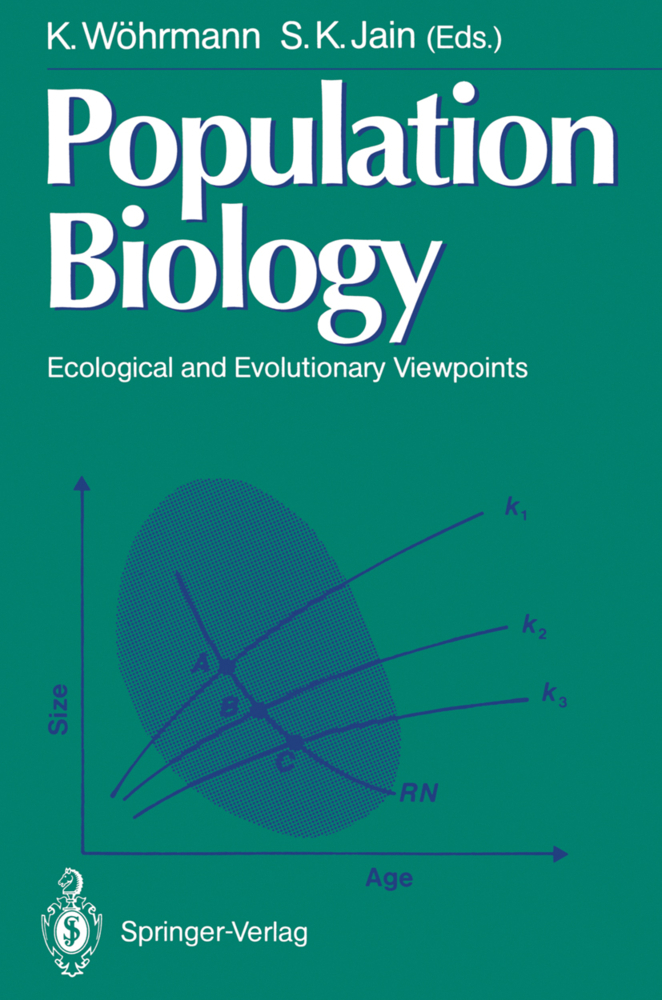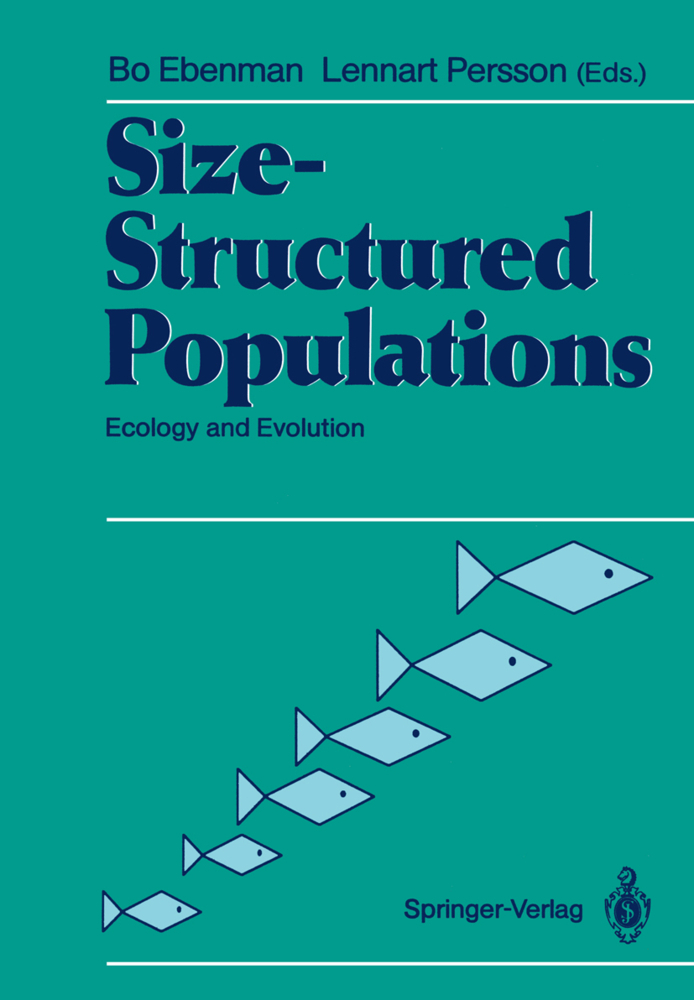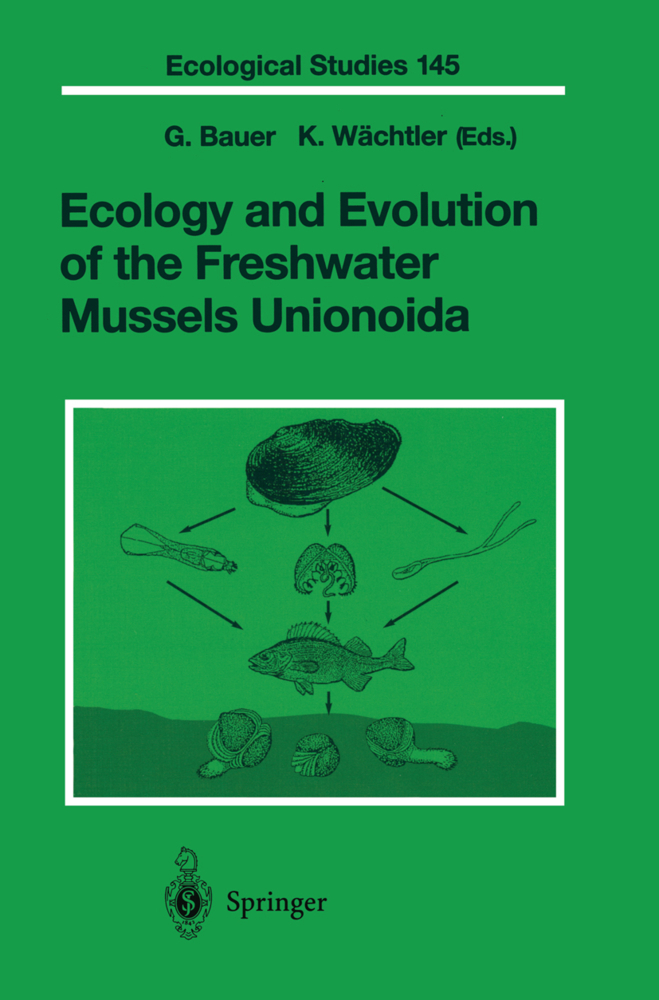Minimum Animal Populations
Minimum Animal Populations
H. REMMERT Small populations are very often discussed, but there seems to be no general overview touching all the self-evident but norma,lly simply neglected problems connected with small populations. First, there are many very different types of organisms, and as every biologist should know, the problems of small populations are very different in different types of organisms. 1. In vascular plants the problems are different from the situation in birds and mammals; in marine benthic animals or in parasites such as tapeworms the problems are different again, and in seasonal planktonic animals or insects they are different from those in biotopes under constant conditions. In tapeworms or in vascular plants, an adult organism seems to be comparable to a population of mammals or birds because its offspring can be so diverse and plentiful. 2. There are small populations which explode and break down to a small population again, and then explode and break down again.
2.1 Introduction
2.2 The Theory of Small Population Extinctions
2.3 Evidence from Birds: Genetic Effects
2.4 Persistence of Small Populations
2.5 Conclusions
References
3 Small World Populations in Birds: An Attempt of a Brief General Survey
3.1 Introduction
3.2 Material and Methods
3.3 Results and Conclusions
References
4 Genetic, Demographic, Spatial, Environmental and Catastrophic Effects on the Survival Probability of Small Populations of Mammals
4.1 Introduction
4.2 Genetic Considerations
4.3 Demographic and Spatial Considerations
4.4 Environmental and Catastrophic Considerations
4.5 Conclusions
References
5 On Micropopulations in Fish and Their Effects on Differentiation and Speciation
5.1 Introduction
5.2 Micropopulations in Anatolian Aphanius ssp. (Fam.: Cyprinodontidae)
5.3 Intralacustrine Segregation Phenomena in East African Cichlids (Cichlidae)
5.4 Conclusion
References
6 Modelling Extinction and Survival of Small Populations
6.1 Introduction
6.2 Population Dynamics with Overlapping Generations
6.3 Population Dynamics with Non-Overlapping Generations
6.4 Conclusion
References
7 "Very Small" Bird Populations in Amazonia
7.1 Introduction
7.2 "Very Small" Bird Populations in Amazonia
7.3 Summary
References
8 Minimum Population of Clethrionomys glareolus (Schreber 1780)
8.1 Introduction
8.2 Area, Material and Methods
8.3 Results
8.4 Discussion
References
9 Minimum Populations of Carabid Beetles (Col., Carabidae)
9.1 Introduction
9.2 Area and Methods
9.3 Results
9.4 Discussion
References
10 To Survive or To Become Extinct: Small Populations of Tetraonidsin Central Europe
10.1 Introduction
10.2 Capercaillie
10.3 Black Grouse
10.4 Hazel Grouse
10.5 Conclusions
References.
1 Introduction
2 The Viability of Small Populations of Birds: an Empirical Investigation of Vulnerability2.1 Introduction
2.2 The Theory of Small Population Extinctions
2.3 Evidence from Birds: Genetic Effects
2.4 Persistence of Small Populations
2.5 Conclusions
References
3 Small World Populations in Birds: An Attempt of a Brief General Survey
3.1 Introduction
3.2 Material and Methods
3.3 Results and Conclusions
References
4 Genetic, Demographic, Spatial, Environmental and Catastrophic Effects on the Survival Probability of Small Populations of Mammals
4.1 Introduction
4.2 Genetic Considerations
4.3 Demographic and Spatial Considerations
4.4 Environmental and Catastrophic Considerations
4.5 Conclusions
References
5 On Micropopulations in Fish and Their Effects on Differentiation and Speciation
5.1 Introduction
5.2 Micropopulations in Anatolian Aphanius ssp. (Fam.: Cyprinodontidae)
5.3 Intralacustrine Segregation Phenomena in East African Cichlids (Cichlidae)
5.4 Conclusion
References
6 Modelling Extinction and Survival of Small Populations
6.1 Introduction
6.2 Population Dynamics with Overlapping Generations
6.3 Population Dynamics with Non-Overlapping Generations
6.4 Conclusion
References
7 "Very Small" Bird Populations in Amazonia
7.1 Introduction
7.2 "Very Small" Bird Populations in Amazonia
7.3 Summary
References
8 Minimum Population of Clethrionomys glareolus (Schreber 1780)
8.1 Introduction
8.2 Area, Material and Methods
8.3 Results
8.4 Discussion
References
9 Minimum Populations of Carabid Beetles (Col., Carabidae)
9.1 Introduction
9.2 Area and Methods
9.3 Results
9.4 Discussion
References
10 To Survive or To Become Extinct: Small Populations of Tetraonidsin Central Europe
10.1 Introduction
10.2 Capercaillie
10.3 Black Grouse
10.4 Hazel Grouse
10.5 Conclusions
References.
Remmert, Hermann
| ISBN | 978-3-642-78216-9 |
|---|---|
| Medientyp | Buch |
| Copyrightjahr | 2011 |
| Verlag | Springer, Berlin |
| Umfang | VII, 156 Seiten |
| Sprache | Englisch |

